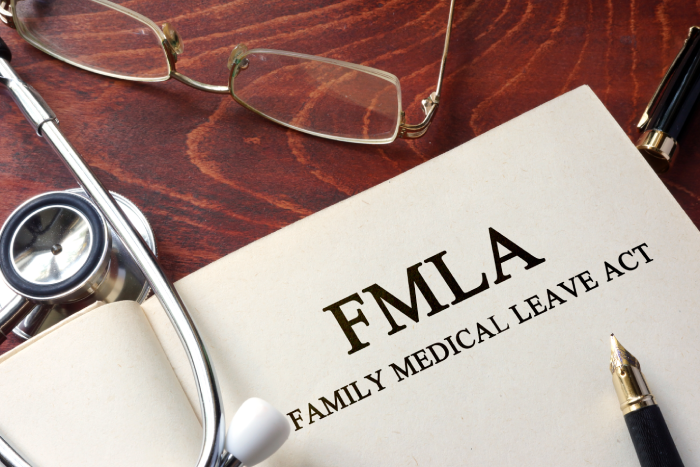We could not have said it better about the need for greater Family Medical Leave benefits that what was recent reported in a New Times article, titled “In Paid Family Leave, U.S. Trails Most of the Globe.” A brief excerpt of the article follows:
According to the Bureau of Labor Statistics, only 11 percent of all private industry workers have access to paid family leave (16 percent of state and local government employees have access to some paid family leave; federal workers don’t get any, though all employees may be able to use accrued sick leave). Well-paid people who work in managerial or professional occupations at companies with 100 employees or more are the most likely to have the benefit, according to the Institute for Women’s Policy Research.
Even the policies at some of the most generous American companies pale in comparison with the 31 countries that provide a year or more of paid maternity leave, typically through government-run insurance programs, experts say. Working Mother compiles a list of the “100 Best Companies” in the United States each year, and parental leave policies are one of several factors baked into those rankings.
Even among the standouts, the average time off in 2012 was seven weeks of fully paid maternity leave, while new fathers received an average of three paid weeks, up from two weeks in 2008. Parents adopting children received an average of six weeks. Keep in mind that the list is not exhaustive. Companies must apply to get on and be willing to fill out a 550-item questionnaire. They must also have at least 500 employees and offer some form of paid maternity leave.
Google beefed up its paid leave for new mothers in 2007 to five months after company officials realized that women were leaving the company at twice the rate of men. After the change, attrition dropped by half. New fathers receive seven weeks of paid leave, as do adoptive parents and other parents who don’t physically give birth, including same-sex partners.
“What one person might get is an accident of where you happen to work or where you happen to be,” Ms. Shabo said. “Instead, what we need are public policies that provide a basic level of protection.”
While the United States takes great pride in its family values, it is the only high-income country that does not offer a paid leave program. (Eight countries in all don’t offer the benefit, according to Dr. Heymann’s research.) Most of Europe and Central Asia — or 38 of 53 countries — provide 26 weeks or more of paid leave for mothers, according to Dr. Heymann’s research. “Twenty years ago there were a few other advanced economies that did not yet provide paid leave, and now, the U.S. is entirely isolated,” she said.











